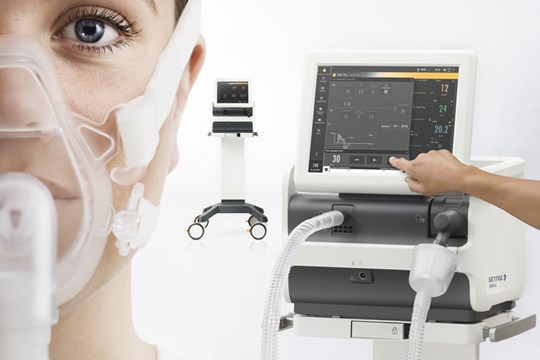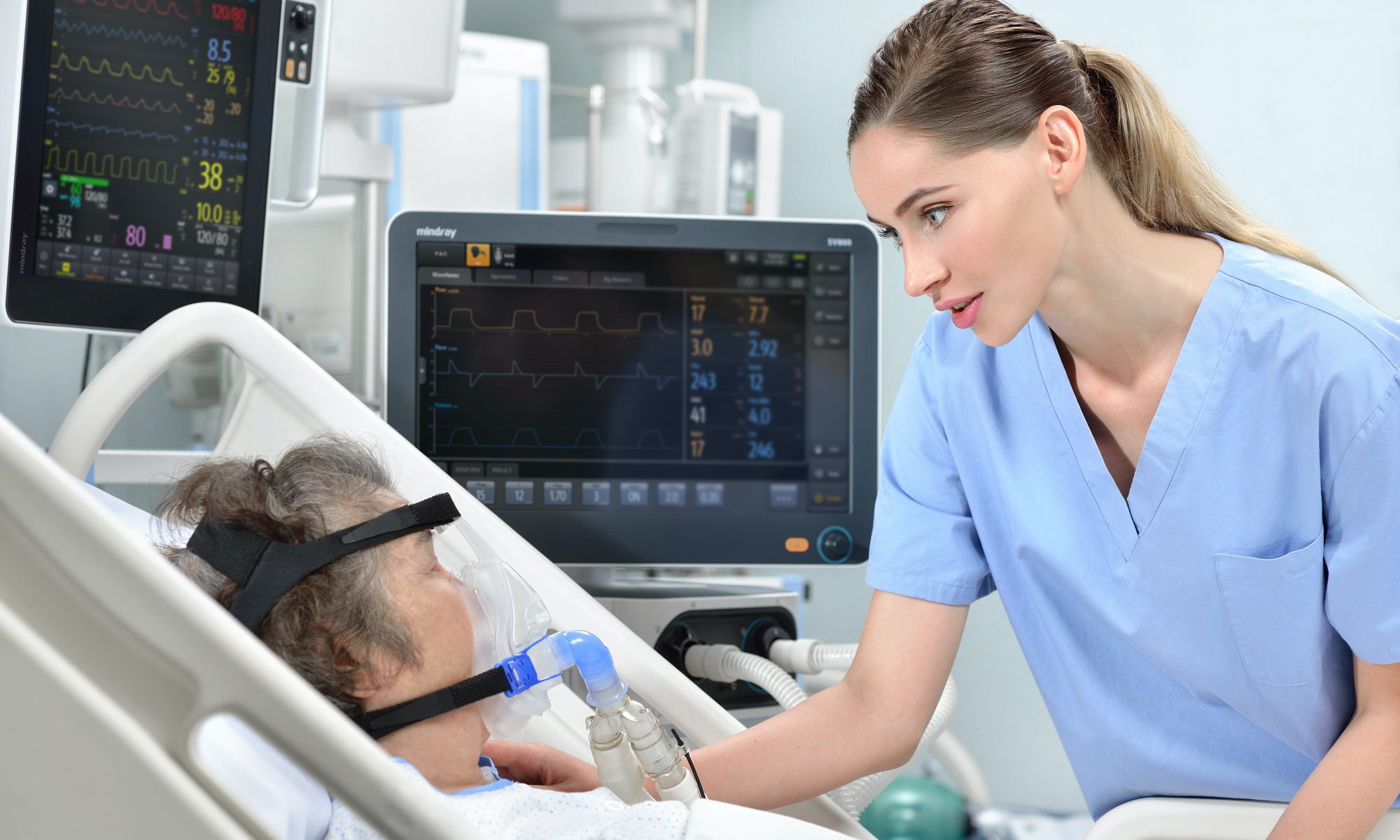Wireless ventilator alarm system provides critical support in treating Covid-19
The ongoing novel coronavirus pandemic has put unprecedented pressure on the critical care sector of our health system. Hospital emergency room and intensive care units are being stretched to and often past their limits – and so are post-acute care facilities that take in Covid-19 patients when they are released from the hospital ICU.
In order to keep critical ER and ICU beds available , once stabilized patients are transferred from the hospital to a longterm care facility to continue to their treatment until they are ready to return home. Many of these Covid-19 patients will require a mechanical ventilator to assist with their breathing while their lungs recover from the infection.
While these longterm post-acute and transitional hospitals often have the capacity to treat dozens of patients on mechanical ventilators, monitoring ventilators for alarm alerts can be a labor-intensive process.
Those facilities that use the LinQvue REA® ventilator alarm system are able to provide a more agile response protocol that results in better patient care: LinQvue presents a centralized, real-time visual overview of all ventilator patients in a ward on one or more large, ultra-widescreen video monitors near a nurse station or other high-visibility location.
The LinQvue Respiratory Event Alert system uses its proprietary technology to prioritize patient care by presenting ventilator alarms in an ordered array – with the oldest alarms given highest priority. LinQvue REA® is a passive alarm system: Medical staff do not have to clear alarms on the system. Once a patient is cared for and the ventilator exits alert status , this is updated in real time on the LinQvue REA® system – keeping front-line healthcare staff focused on patient care, and not on updating the alarm system.
LinQvue REA® works with all brands of ventilators – the wireless in-room transmitters connect to the ventilator via a standard nurse-call cable. The transmitters are battery-powered, allowing for easy installation without competing for an electrical outlet.
Hospital and post-acute administrators can use the iQ ReportsTM software to review staff performance and compliance, viewing both specific ventilator logs and also looking at average response times, measuring trends over time, or comparing performance at different times of day.
Currently deployed in more than 100 facilities nationwide, LinQvue REA® is proven technology that helps drive improved patient outcomes in respiratory care.



